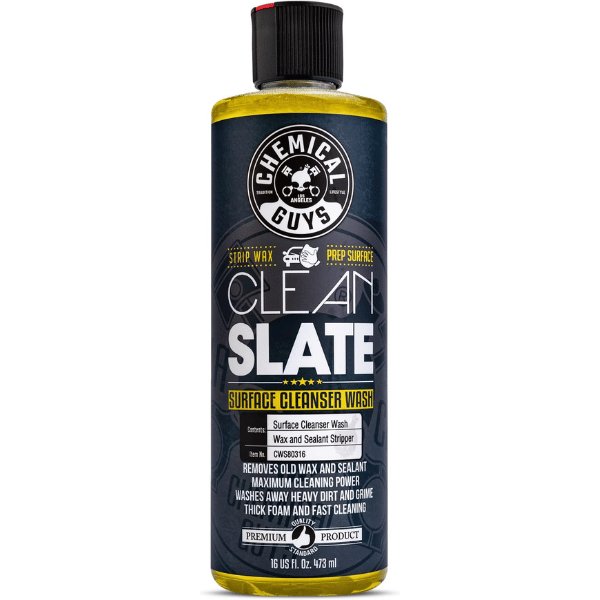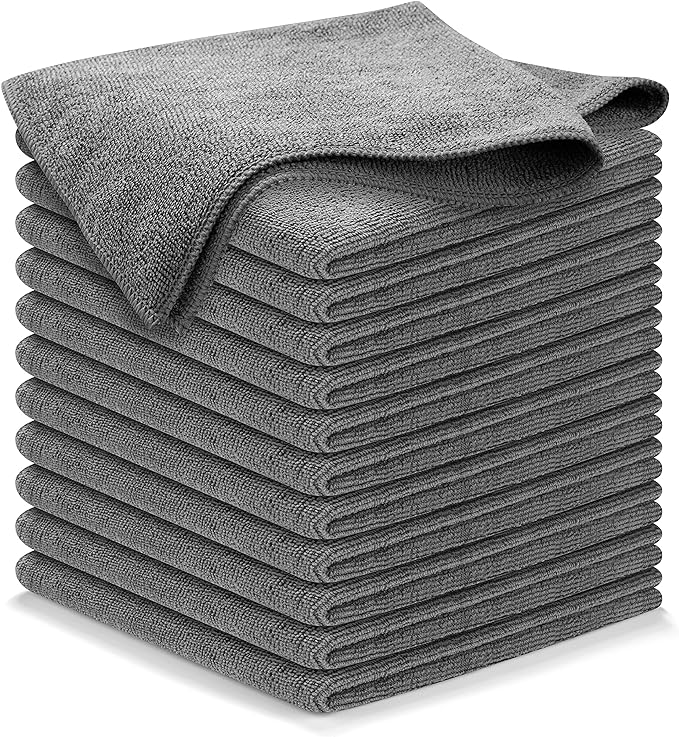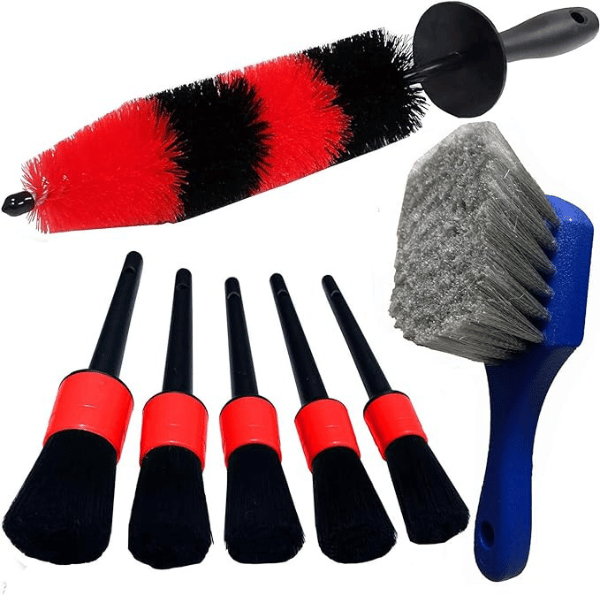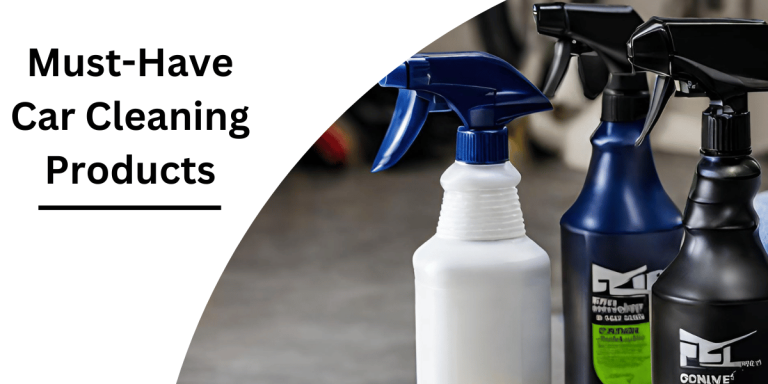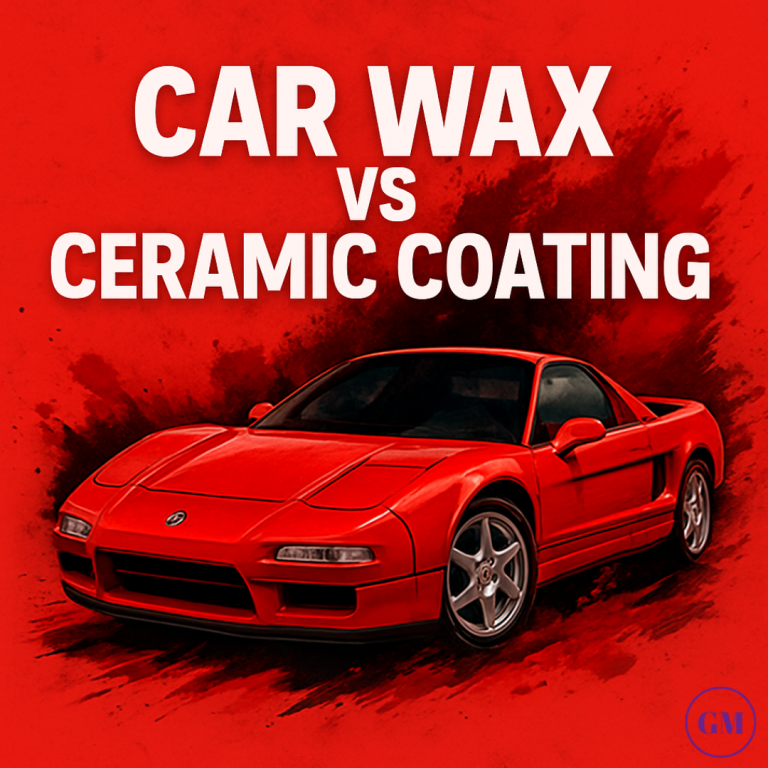How To Remove Car Wax Easy 2024
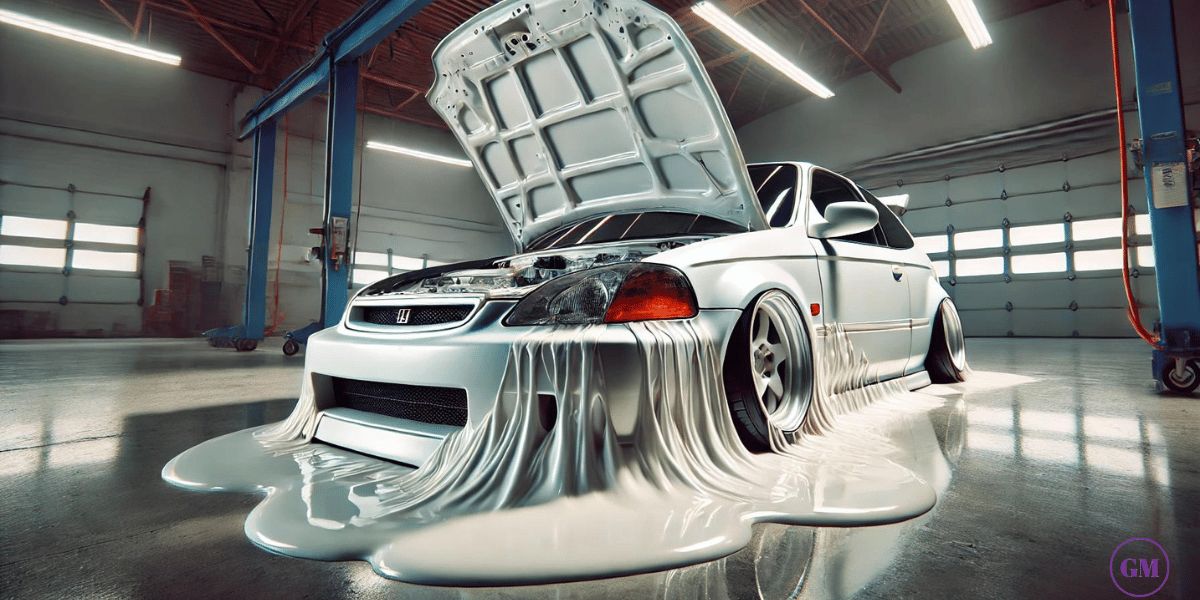
Removing wax from your car might seem like a job left for professional detailers, but it’s something all car enthusiasts have to face, or at least should. Whether you’re getting ready to reapply a fresh coat or just want to strip off that old layer, knowing how to remove car wax properly is important. Don’t worry it’s not as hard as it sounds, and with the right steps, you’ll have your car looking fresh and ready for whatever treatment is next.
Why Removing Car Wax Is Important
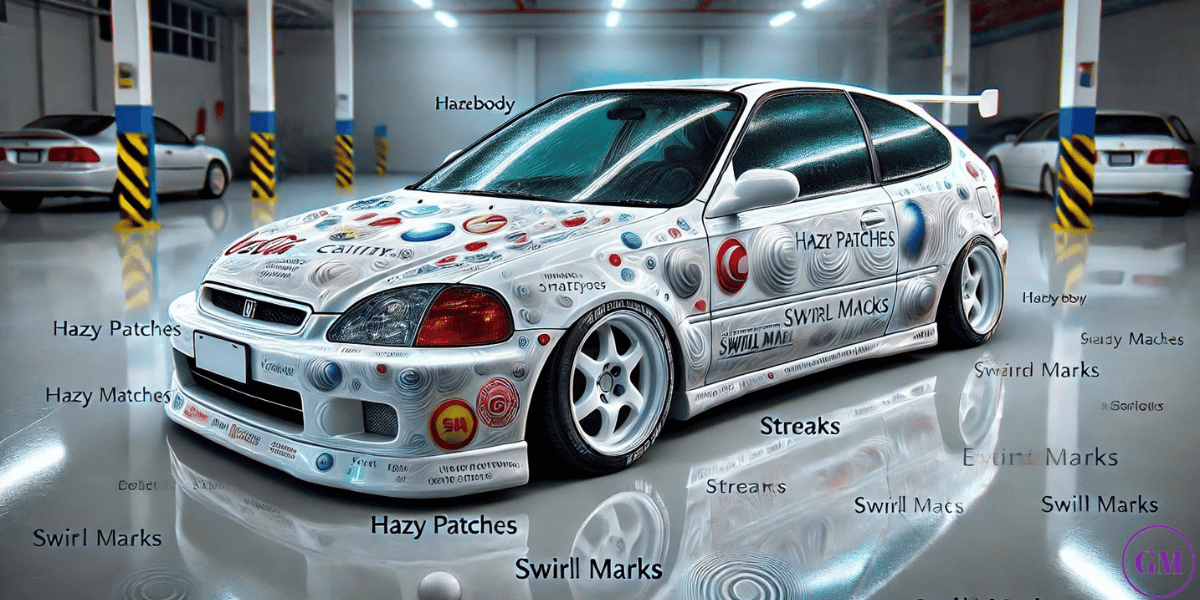
- Preparing for a new coat: Old wax can build up, and removing it gives you a clean surface for fresh wax to bond properly.
- Switching products: If you want to try a different type of wax or protective coating, removing the old layer first will prevent mixing and uneven application.
- Dull or cloudy finish: Wax can lose its luster and leave your car looking dull. Stripping the old wax can help bring back a more vibrant look.
- Fixing imperfections: If your car has scratches or oxidation, you’ll need to remove the car wax before doing any car paint correction.
- Applying ceramic coating or sealant: If you’re upgrading to a longer lasting finish, like ceramic coating, the old car wax has to go.
What You Need to Remove Car Wax

Cleaning Supplies
Start with a clean car to avoid scratching the surface while removing the wax. Here’s what tools from our Must Have Car Cleaning Products List you will need:
- Microfiber towel: Helps wipe away residue without damaging the paint.
- Car wash soap: Use a wax-free formula to avoid leaving any extra layers on the surface.
- Bucket of water or Water source: For rinsing off the car after washing and removing wax.
Wax Remover Products
These products will help strip away the existing wax layer:
- Wax remover: Specialized formulas designed to break down wax without harming your paint.
- Adam’s Strip Wash Soap: A foaming car soap designed specifically to strip old wax, making it a versatile option that also works on plastic and rubber parts
- Isopropyl alcohol: Mix with water (1:1 ratio) to create a simple solution that helps lift off residual wax.
Application Tools
Using the right tools will help make the job easier:
- Soft foam applicator: Ideal for applying wax remover or isopropyl alcohol solution evenly.
- Detailing brushes: Great for getting into small crevices or around emblems where wax can build up.
Adding New Protection
After you’ve stripped off the old wax, you’ll want to protect your car’s paint:
- New wax: Choose a product that matches your needs, whether it’s paste, liquid, or spray wax.
- Clay bar: If you want an ultra-smooth surface before reapplying wax.
- Paint sealant or ceramic coating: For added protection and longer-lasting results.
Common Mistakes When Removing Car Wax

- Using the wrong product
Some cleaners or degreasers are too harsh and can damage your car’s paint. Always choose a product specifically made to remove car wax. - Skipping the wash
Trying to remove wax without first washing your car can lead to scratches. Make sure to Wash The Car and dry the surfaces to remove dirt before starting. - Applying too much pressure
Pressing too hard with a towel or clay bar can cause micro-scratches. Let the product do the work and use light pressure. - Using rough or dirty towels
Dirty or low-quality towels can leave swirl marks and scratches. Always use a clean microfiber towel to avoid damaging the paint. - Not working in small sections
Trying to tackle the entire car at once can cause uneven results. Work in small sections to remove wax more evenly. - Ignoring plastic and rubber trim
Some wax removers can stain or damage trim. Tape off these areas or be extra careful when applying the product near trim pieces.
Products To Avoid
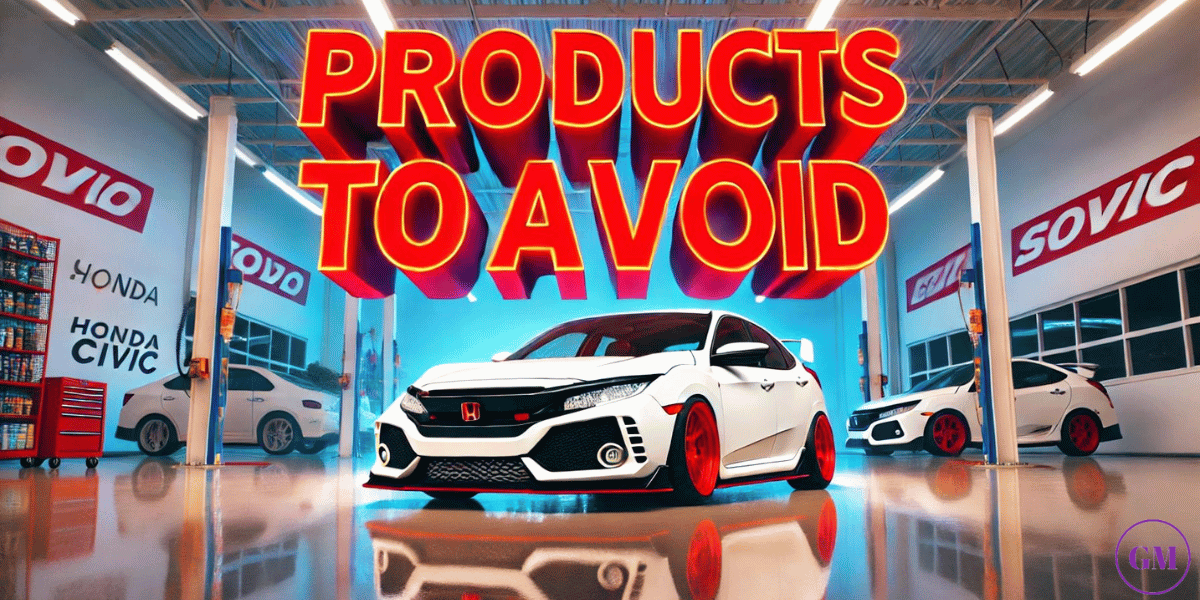
- Dish Soap: It’s tempting to use because it’s a common household cleaner, but it strips away the wax and important oils in your car’s paint. This leaves the paint dull and more prone to damage.
- Acetone: Strong and fast-acting, acetone will eat through wax in seconds but also destroys the clear coat and paint underneath. Even a small amount can leave visible damage.
- Vinegar: Although vinegar can break down wax, its high acidity can cause etching or discoloration on car paint. It’s better to avoid using it unless it’s a last resort for water spots.
- Bleach: Never use bleach on your car’s surface. It’s extremely corrosive and can strip the wax, damage plastic trim, and even corrode metal parts.
- All-Purpose Cleaners: Many household all-purpose cleaners are too harsh for automotive paint. They can cause fading, streaks, or chemical reactions that damage the surface.
- WD-40: While WD-40 can remove wax, it leaves an oily residue that’s tough to get rid of and can cause issues with reapplying new wax or sealants.
- Ammonia-Based Cleaners: Found in window cleaners like Windex, ammonia can damage the paint’s finish and cause streaking if used in large quantities.
What Next After You Remove Car Wax
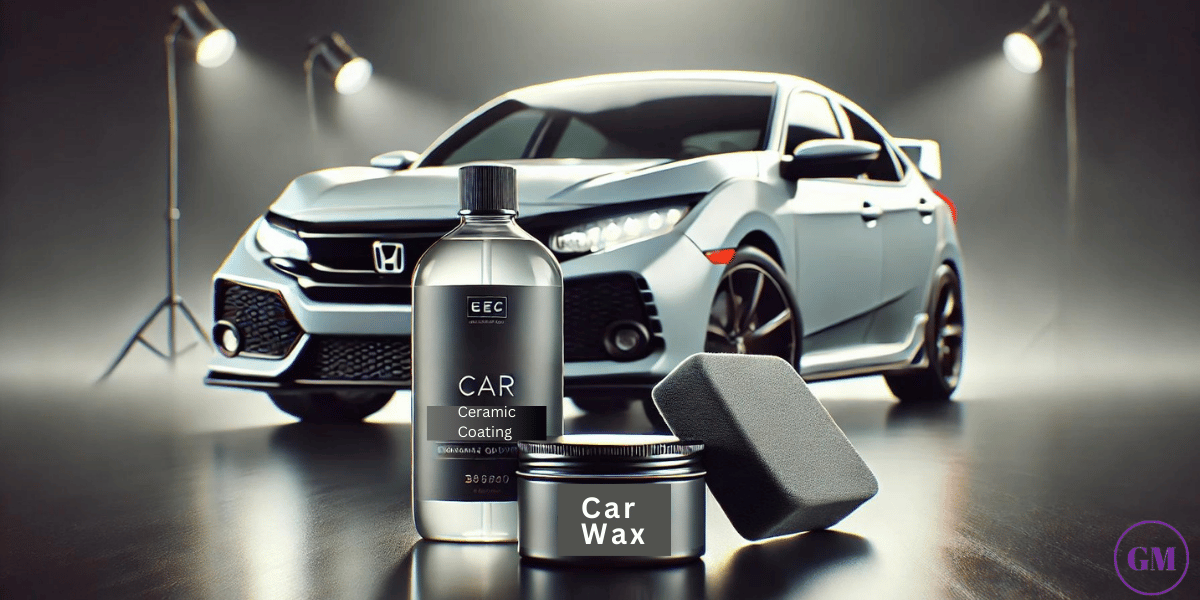
Now that you’ve removed all the wax, it’s time to decide what’s next for your car’s finish. The common choice is applying a new layer of wax to give your car a fresh, protective coat. If that’s your plan, check out this detailed guide on How To Wax A Car.
The professional choice would be to polish then wax but that’s if you have the time to due so. Also remember you can Wax A Car Windshield for many benefits, so don’t miss this opportunity to do so here.
Besides waxing, here are other popular steps you might consider:
- Polishing: This step helps remove minor scratches and swirl marks, giving your paint a smoother look.
- Clay Bar Treatment: Using a clay bar removes contaminants embedded in the paint that regular washing can’t reach.
- Applying Sealant or Ceramic Coating: For longer-lasting protection, sealants or ceramic coatings are excellent choices. They provide a durable shield against the elements.
Final Thoughts On How To Remove Car Wax
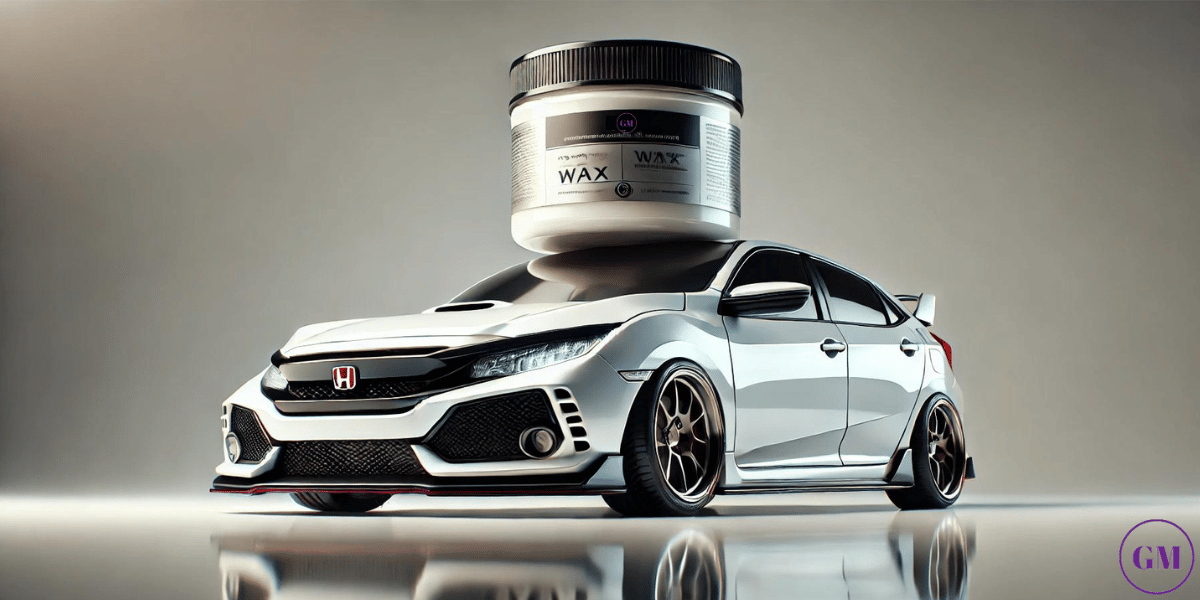
Wax removal is an important step for keeping your car’s paint job looking its best. Whether you’re switching wax products or preparing for a new coating, getting rid of old wax properly will set you up for great results.
Make sure to avoid using harsh products like Dish Soap, Acetone, or vinegar, which can damage your car’s finish. Instead, stick to products made specifically for wax removal. After that, you can polish, wax, or even try a ceramic coating. Whatever you choose, proper care will keep your car looking great and make all car owners proud! If You are hungry to add a little more spice to your car, be sure to check out The Best Car Accessories article while you have some time.


